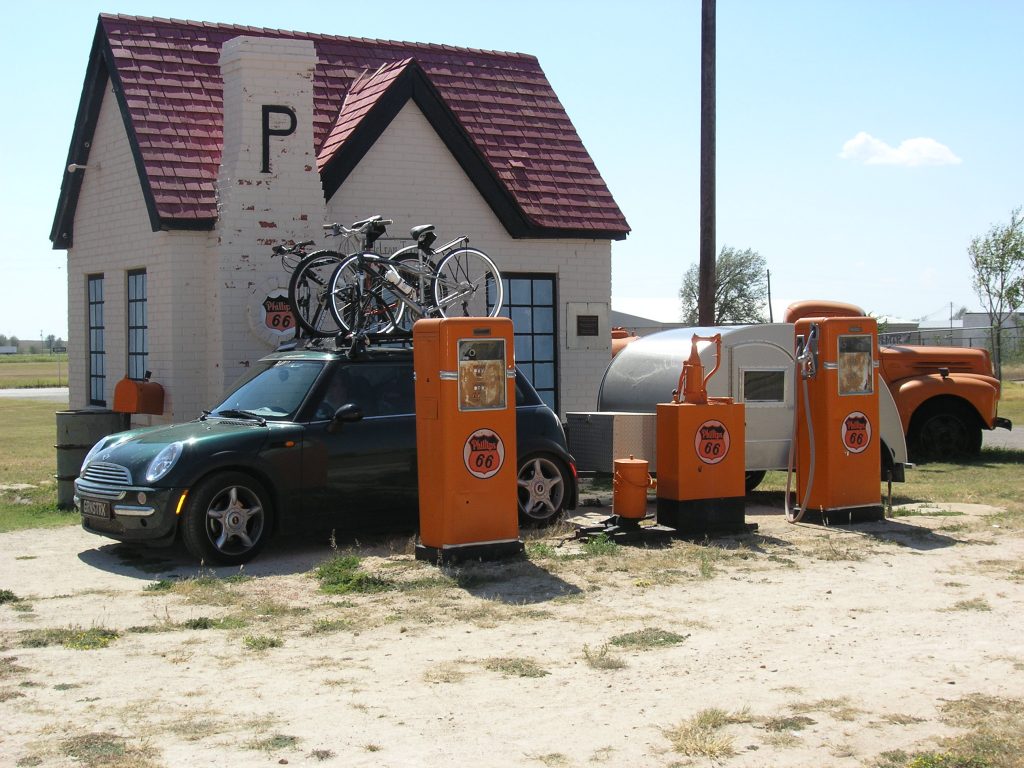
While watching a TV special about car shows, I suddenly had a thought for future roadway controls that could help reduce congestion while freeing drivers that wanted to go faster than the norm to do so.
It would, of course, require a large shift in general awareness and attitudes of driving. But I think that the public might be able to embrace it. It sort of hinges around vehicles that can drive themselves, so of course it’s still many years away.
Point number one: many people consider driving a way to get from point A to point B. If the car could drive itself, at a speed that was comfortable for the passengers, I think many people would start letting the car do so.
Point number two: some people will always want to remain in control of their car. Whether the car can do a sufficient job of getting you there or not, these people will want to do it themselves for whatever reason.
Point number three: enforcement of real safety violations on public roadways is almost nonexistent. There are many laws regarding traffic, yet the only ones that are currently being truly enforced are speeding (which is not always a safety offense) and running red lights (which is.)
Proposal: when auto-drive vehicles are available, make some fundamental changes in the rules. Do away with “moving violations.” Instead, make the consequences greater for accidents.
Why this could work… Once cars are aware enough of their surroundings to be able to drive themselves, they will be keeping track of what happens around them. If there is a functional problem, it would be known, and broadcast to vehicles around them. If another vehicle nearby did something to cause an accident (crossed lanes, failed to stop, etc.) then the vehicles surrounding the incident would all know why. If a vehicle was under manual control the vehicles nearby would know it, and record that data point. Then, fault of an accident could easily be determined.
There would be no need for speed limits, if any accident could be accurately diagnosed to the cause. As long as a driver was able to maintain control and not hit anything, they could drive as fast as conditions and visibility permitted. If they hit something, a penalty would be assessed based on the systems information regarding the incident.
There would also be the availability of a great deal of advance warning of situations on the road surfaces in my vision, where crosswalks know when pedestrians are in them, and warn oncoming cars to stop (in car, with bells and whistles and lights, as opposed to a sign on the street that can be missed). Of course, if on autopilot, the car would just stop. And the crosswalk would of course tell the pedestrian to wait if cars were to close to be able to stop in time…
A little rambling, I know, but I wanted to get this written while I was thinking about it.